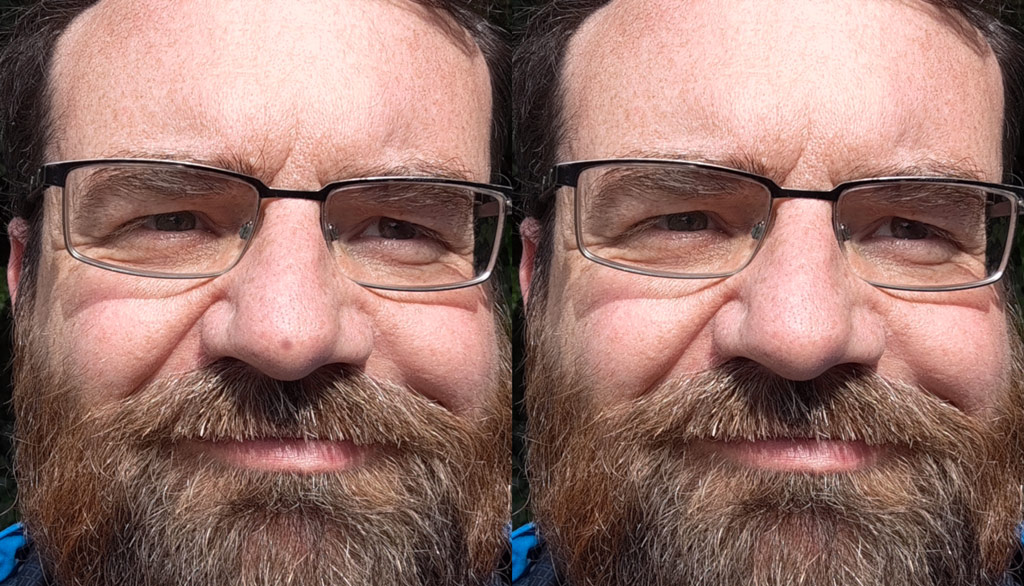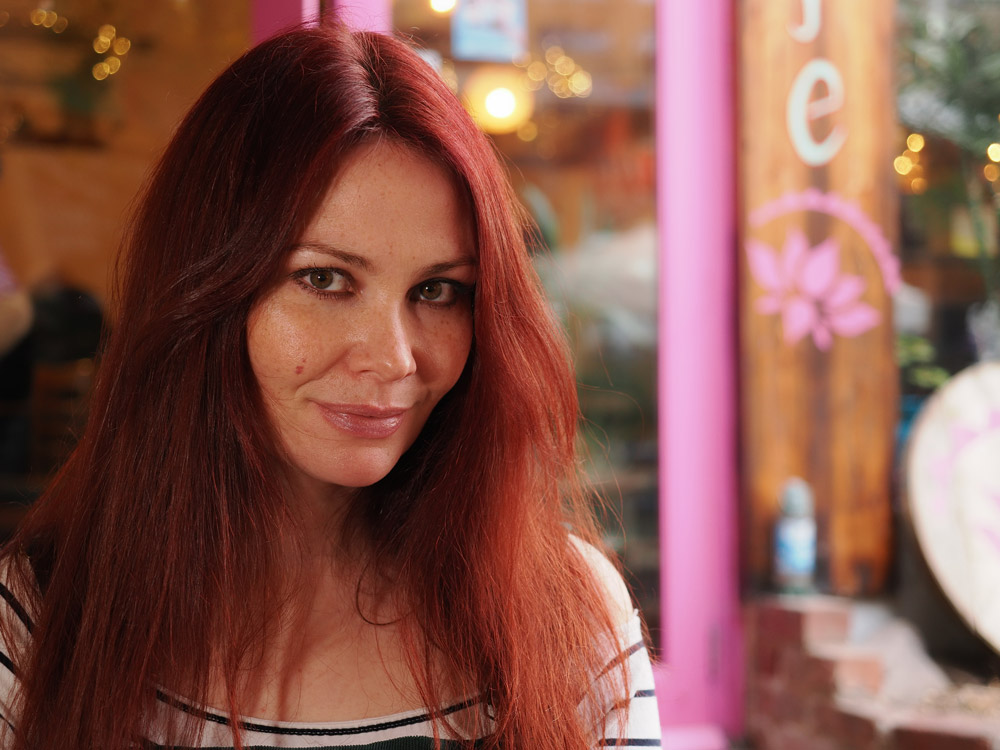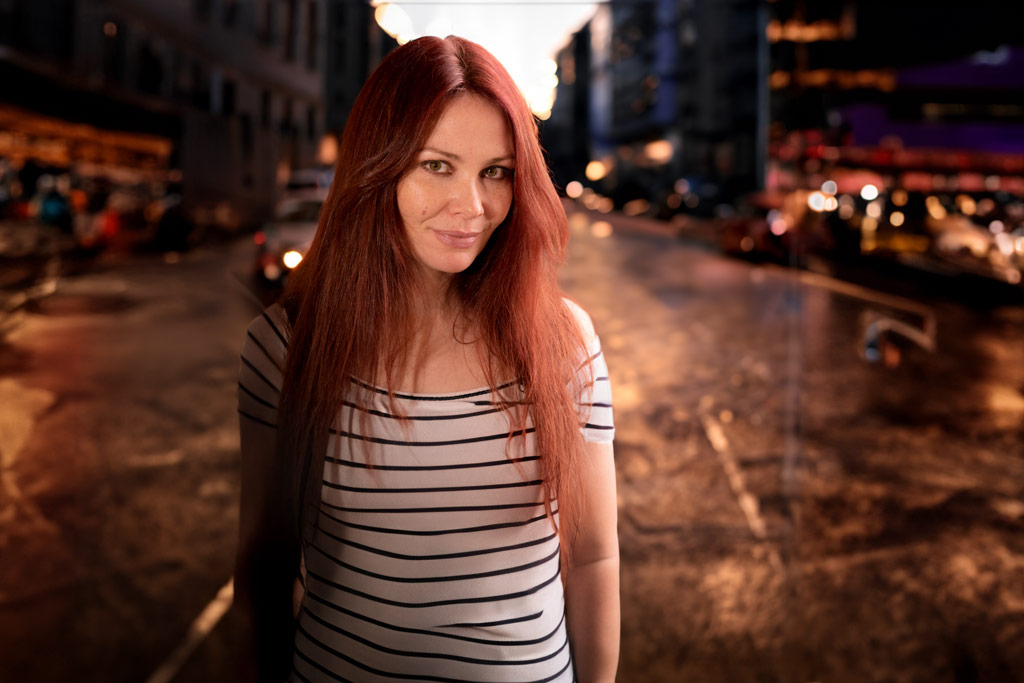AI in photo editing software isn’t a new thing, Content Aware Fill in Adobe Photoshop has been around since 2018, and has been making editing photos quicker and easier than ever. It was a god-send when fixing dust, scratches, spots and other blemishes in photos that would have otherwise required time-consuming cloning.

Adobe Photoshop Content Aware Fill uses AI to make it quick and easy to fix any blemishes in images.
Adobe Photoshop’s new Generative Fill Tool
Adobe’s new Generative Fill (powered by Firefly – Adobe’s AI based image generator) is the next step in taking photo editing to the next level.
How do I get it? Adobe’s Generative Fill is currently only available in Adobe Photoshop Beta, which is available to Adobe Creative Cloud customers, simply look in the Adobe Creative Cloud under the “Available in your plan” section for Photoshop (Beta).
But has Adobe and AI gone too far?
Well, the answer to that depends on how you use these new tools.
You’ve always been able to edit photos till they look nothing like the original image, and the internet is full of fake photographs. Adobe themselves have been working on tools designed to help identify photoshopped images (source).
How far you go when editing photos has always been up to the person editing the photo. Don’t like spots on your face? Simply remove them, and most people think this is entirely appropriate, and to suggest leaving spots and pimples in photographs for glossy magazines would generally be considered quite ridiculous.
What the new Generative Fill tool can do, when used in a similar way to Content Aware Fill, will give you an image that is much more useful, and you will most likely find you can now re-use old photos that were cropped badly at the time of taking.
However, go beyond this, and you’ll easily enter the world of Digital Art. Digital Art is where you create made-up images with a variety of real or imagined elements. Digital Art is nothing new, but it may be a shock to many photographers who believe pure photography should be a factual record of events.

In this image, I can easily use content aware fill to remove the bottle in the background. Photo: Joshua Waller. Model: Lucy Woodroffe
Whilst there is a case for accurate, unedited, and factual photography, particularly for news and photo journalism, if you’re simply editing photos for fun, what harm is there in adding additional elements to a photograph?

The same photo as above, but manipulated in Photoshop using Generative Fill to expand the frame and create an entirely new background. Photo: Joshua Waller. Model: Lucy Woodroffe.
Digital Artists and CGI experts have been doing this for years, and it’s enabled a vast array of creativity.
Like the argument against video being a feature of the latest cameras, just because it’s there, doesn’t mean you have to use it.
And just because it can create amazingly fake and made-up photos, doesn’t mean you have to use that feature. If you just want to expand your image, and make it larger, what harm is there in using some of the features available to you?
Photo editing packages, and particularly those designed for portraits and landscapes have been able to replace backgrounds and skies for years. Adobe’s latest tool is a lot like this, but by being built-in to Photoshop, it makes it available for the large number of people who are familiar with Photoshop. And having quicker and easier to use features and tools is surely a good thing? Let us know what you think…
The views expressed in this column are not necessarily those of Amateur Photographer magazine or Kelsey Media Limited. If you have an opinion you’d like to share on this topic, or any other photography related subject, email: ap.ed@kelsey.co.uk.
Related reading
- Adobe Photoshop Review
- How to use Photoshop Actions for a faster workflow
- Best photo editing apps for your phone








